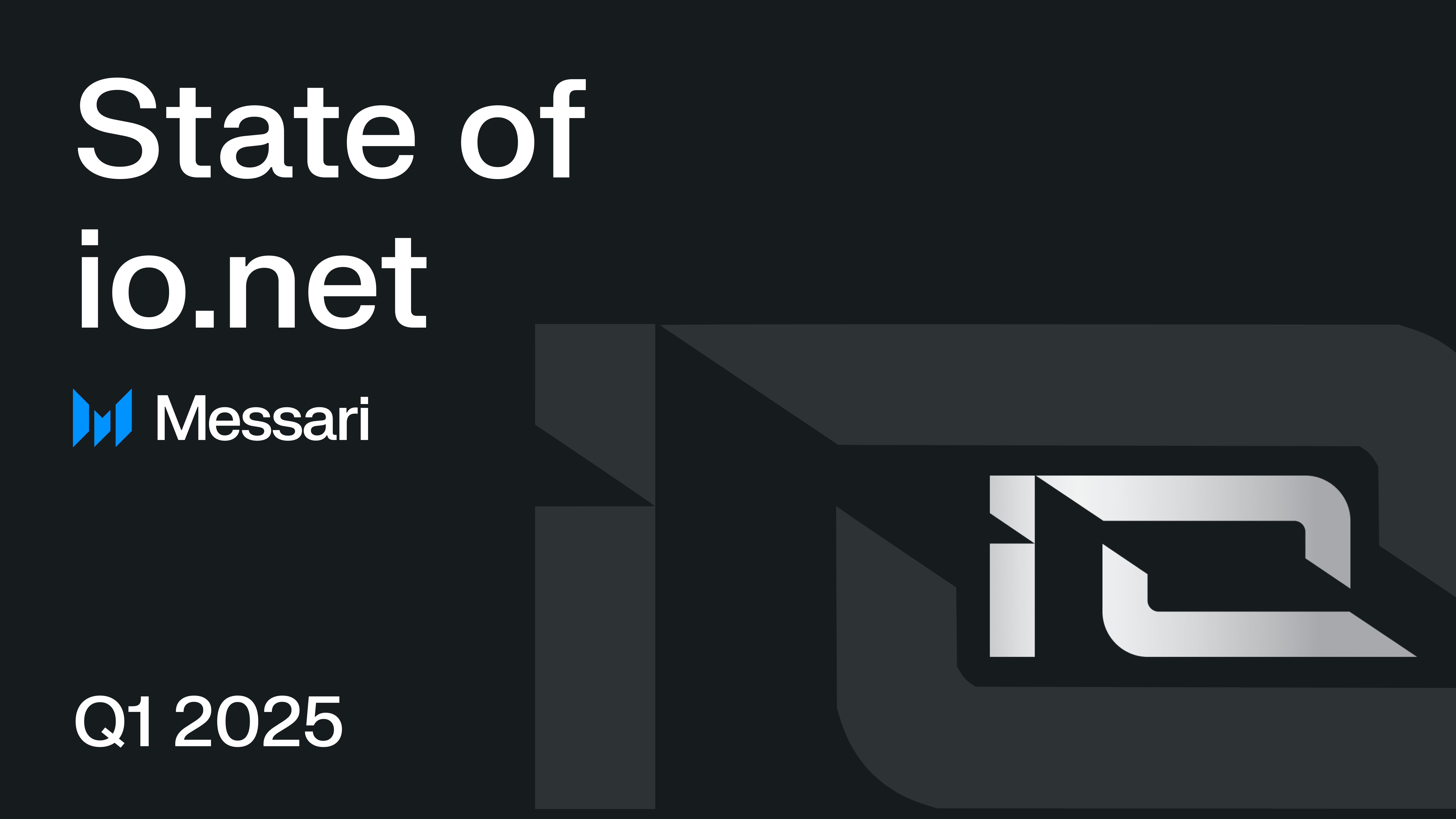VentureMind AI Partners with Theta EdgeCloud to Enhance AI and Robotics Capabilities

In an exciting development for the intersection of AI and blockchain, VentureMind AI has announced a partnership with Theta EdgeCloud. This collaboration aims to leverage Theta’s decentralized, low-latency compute and streaming resources to enhance VentureMind AI’s capabilities. By integrating EdgeCloud, VentureMind AI will be able to scale its AI tools, optimize video rendering, and offer real-time robotics control, significantly improving its service offerings in sectors such as construction and security. This partnership marks a significant step in creating a comprehensive ecosystem that merges AI innovation with decentralized finance and advanced robotics.
VentureMind AI is a pioneering platform that allows users to create, mint, and trade AI tools as NFTs, providing a unique layer of ownership and income potential. The platform also features a custom Autonomous Agent builder, enabling users to launch tokenized communities and manage market-making activities. Since its inception in June 2023, EdgeCloud has gained traction in both academic and enterprise settings, with institutions like Seoul National University and companies such as GenAI search Liner utilizing its infrastructure to advance AI research and applications.
With the integration of Theta EdgeCloud, VentureMind AI is set to redefine possibilities in the realms of AI, robotics, and Web3. The partnership will facilitate scalable compute for AI innovation, reliable robotics control, cost-effective video processing, and enhanced integration for NFTs and autonomous tools. Founded by Jermaine Anugwom, VentureMind AI has rapidly evolved from a collection of specialized AI tools to a robust platform that incorporates blockchain technology and tokenomics, positioning itself as a leader in the emerging Web3 landscape.
Related News





